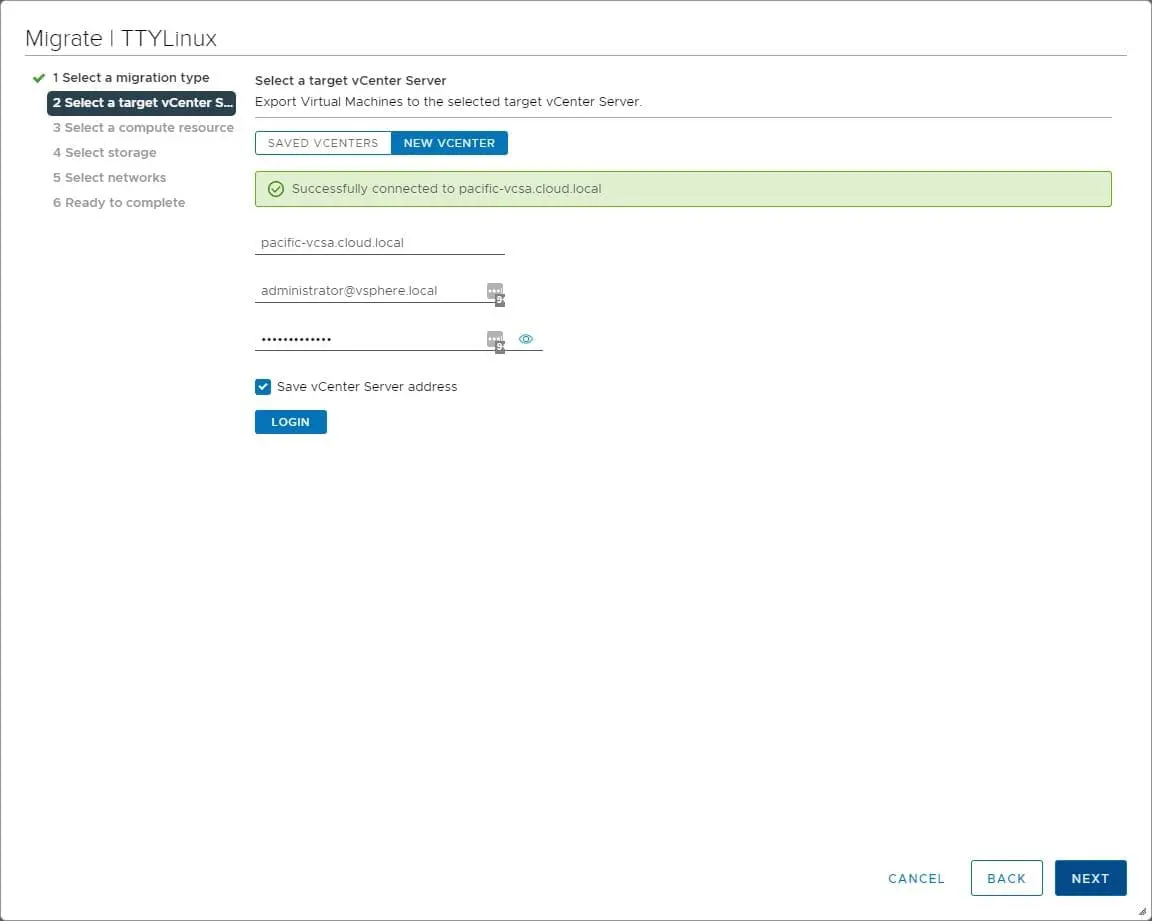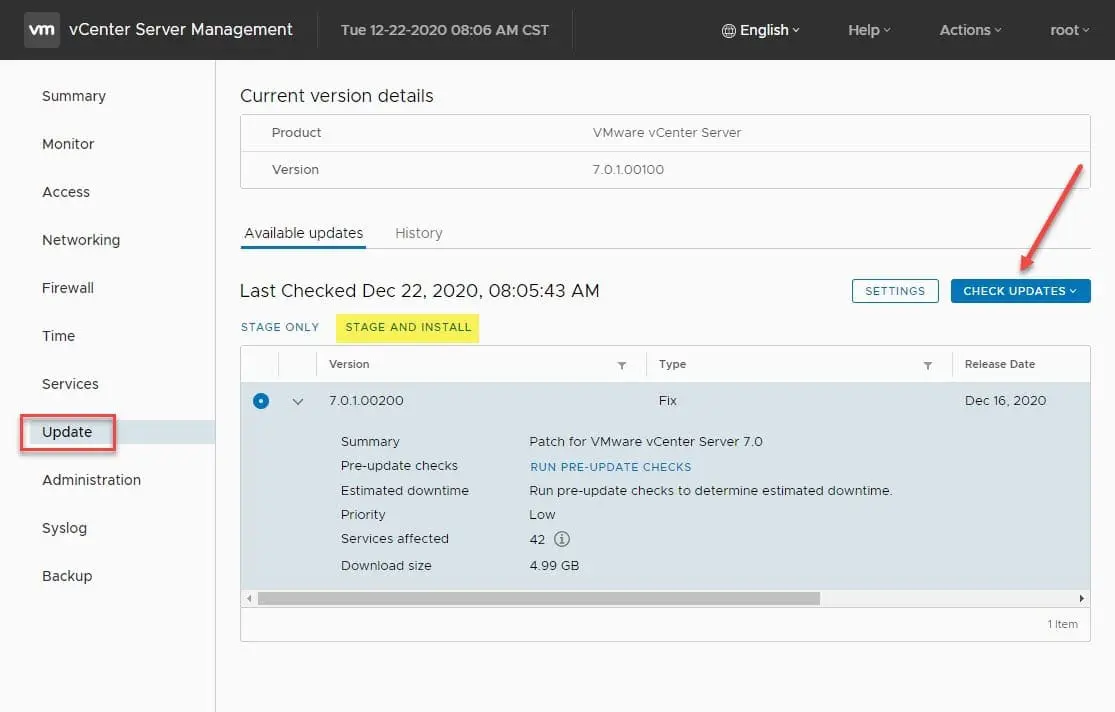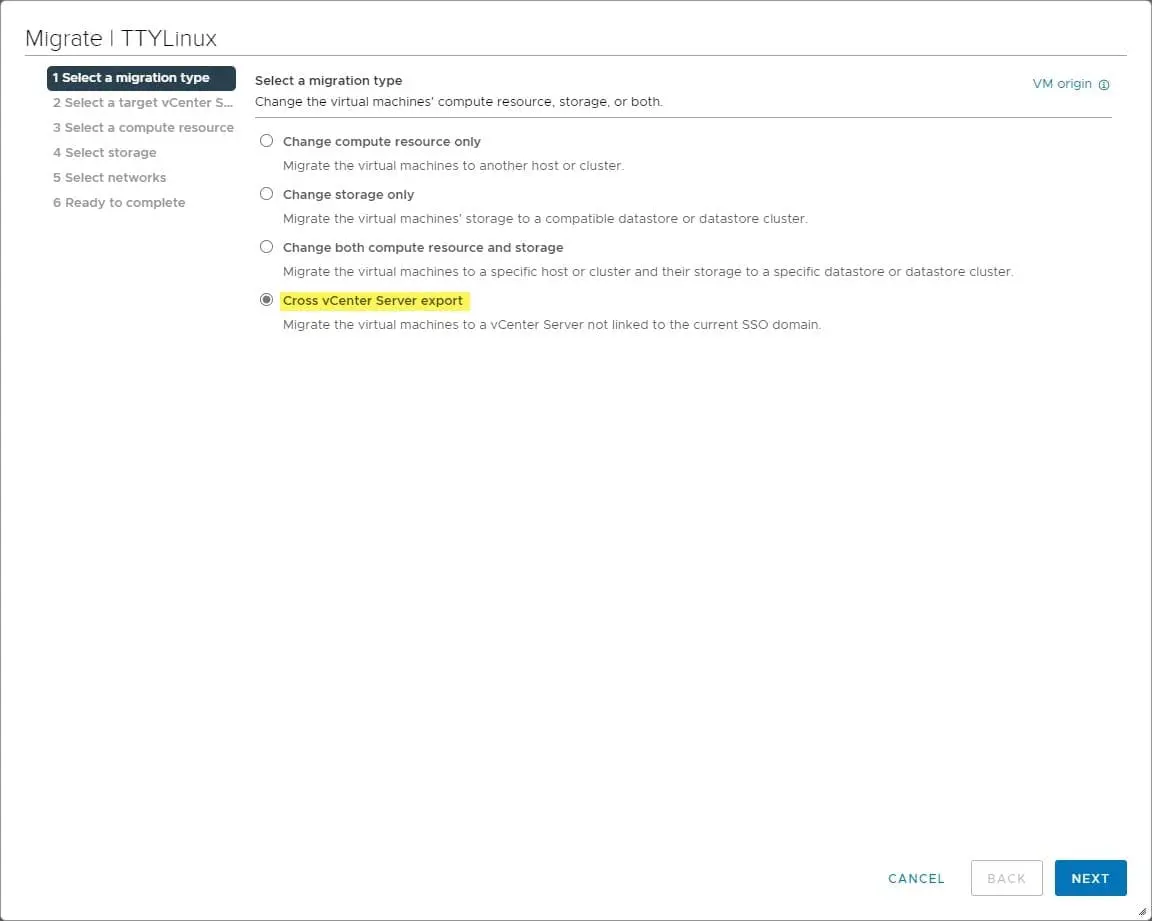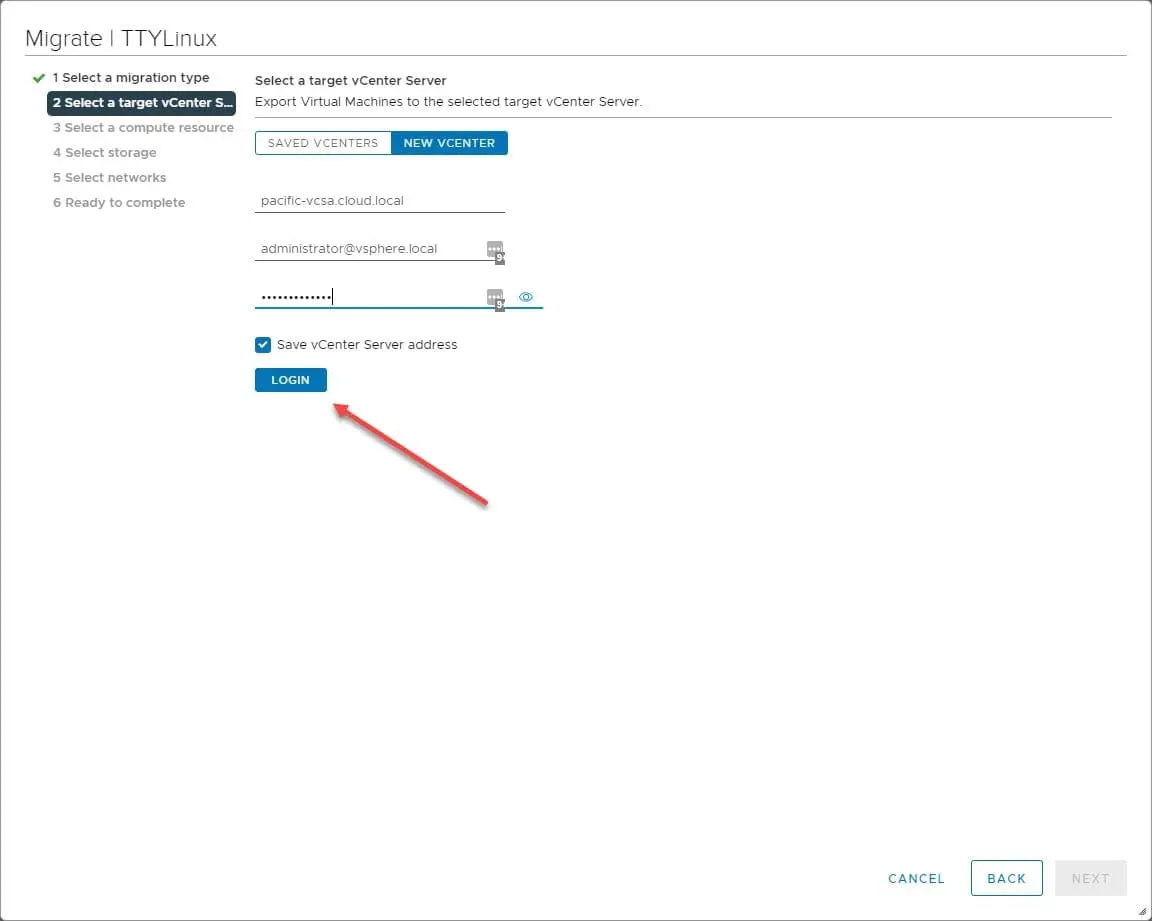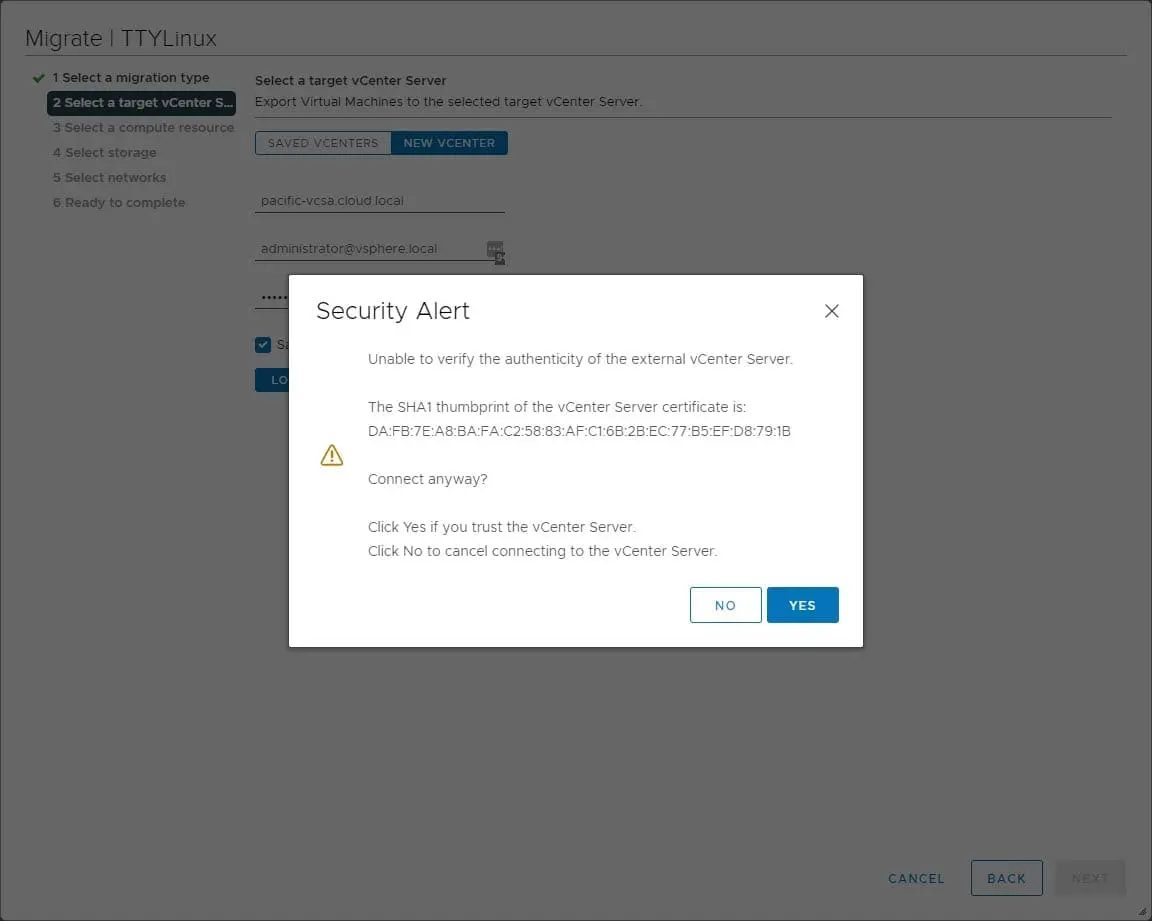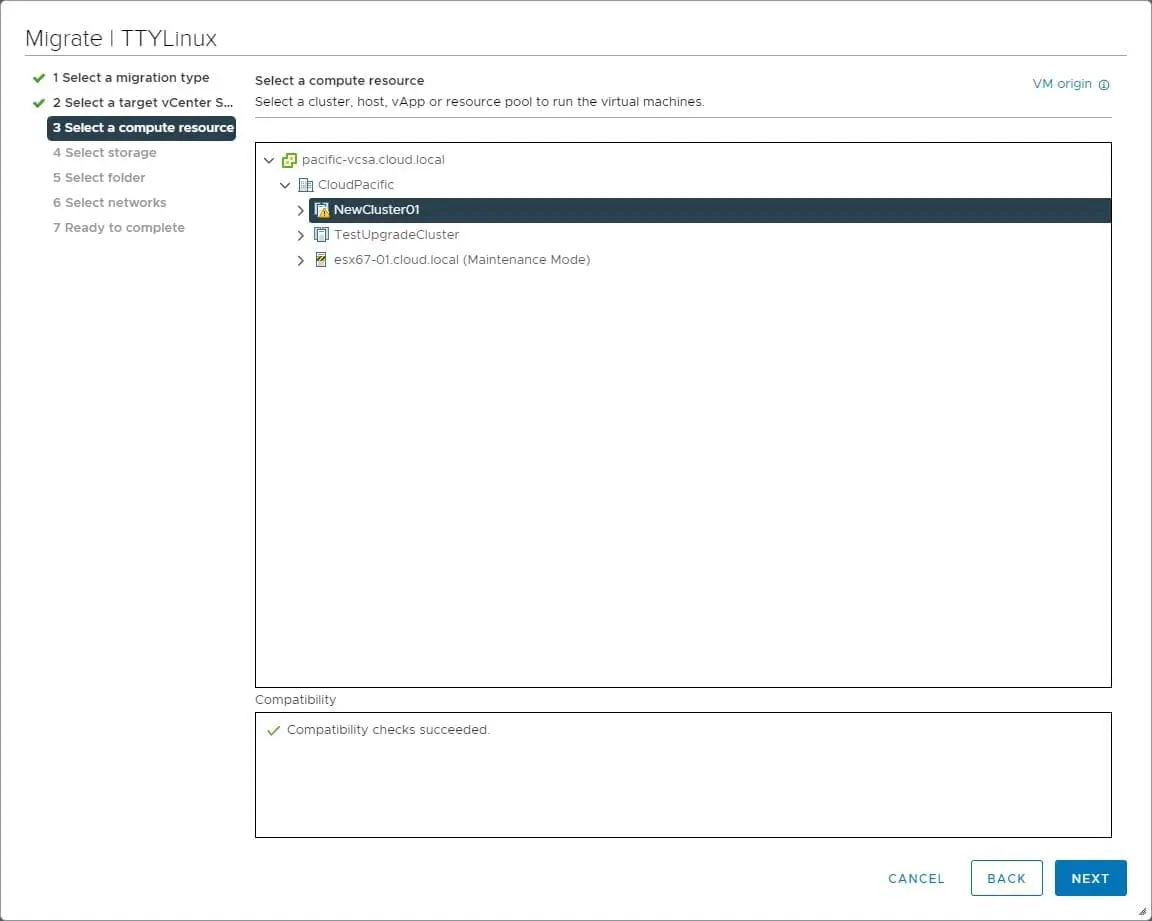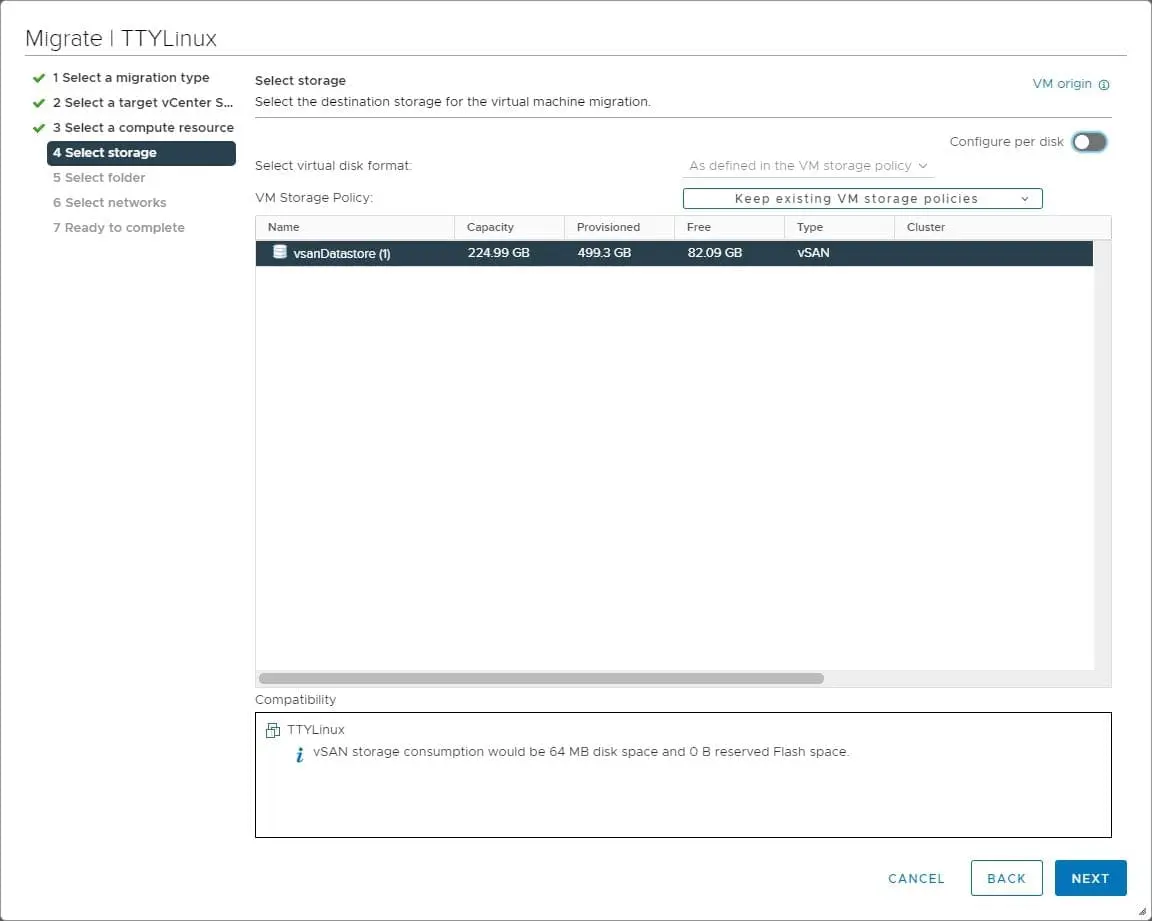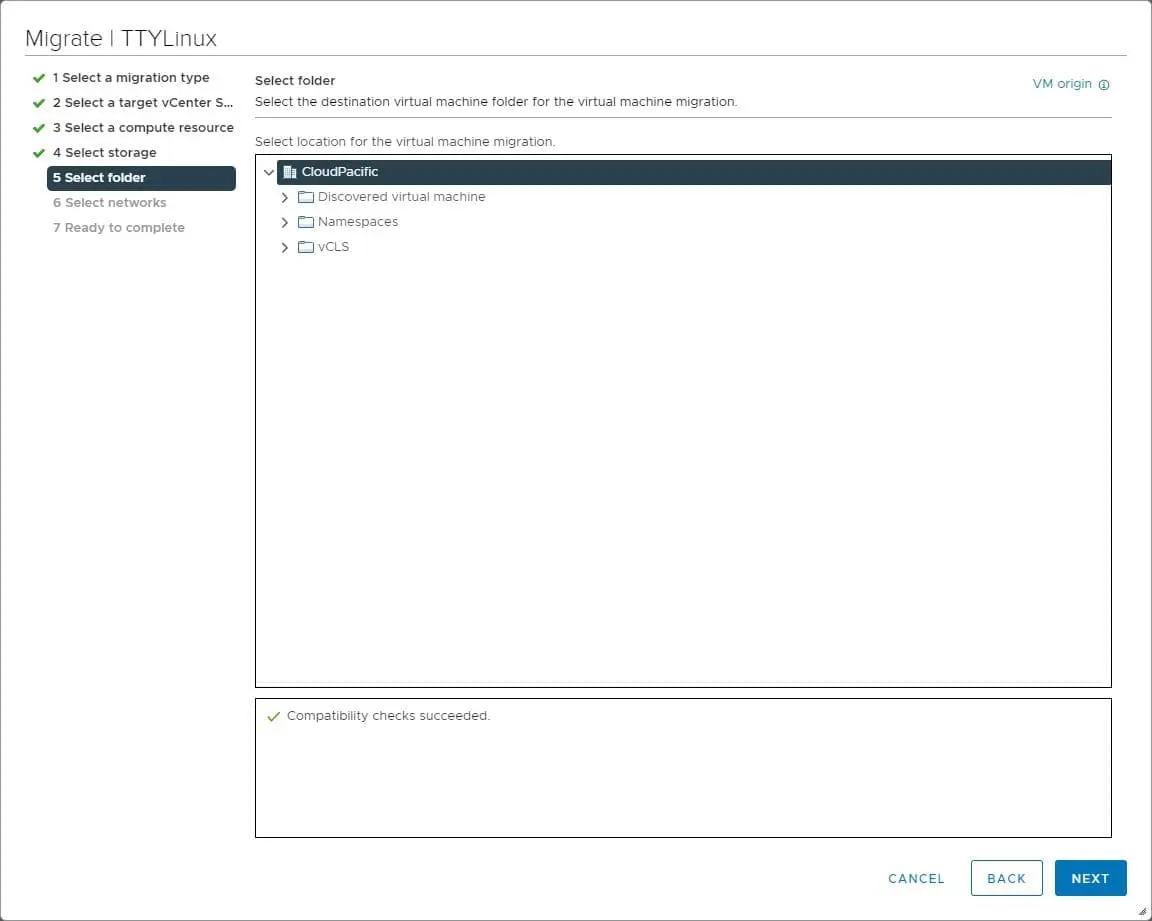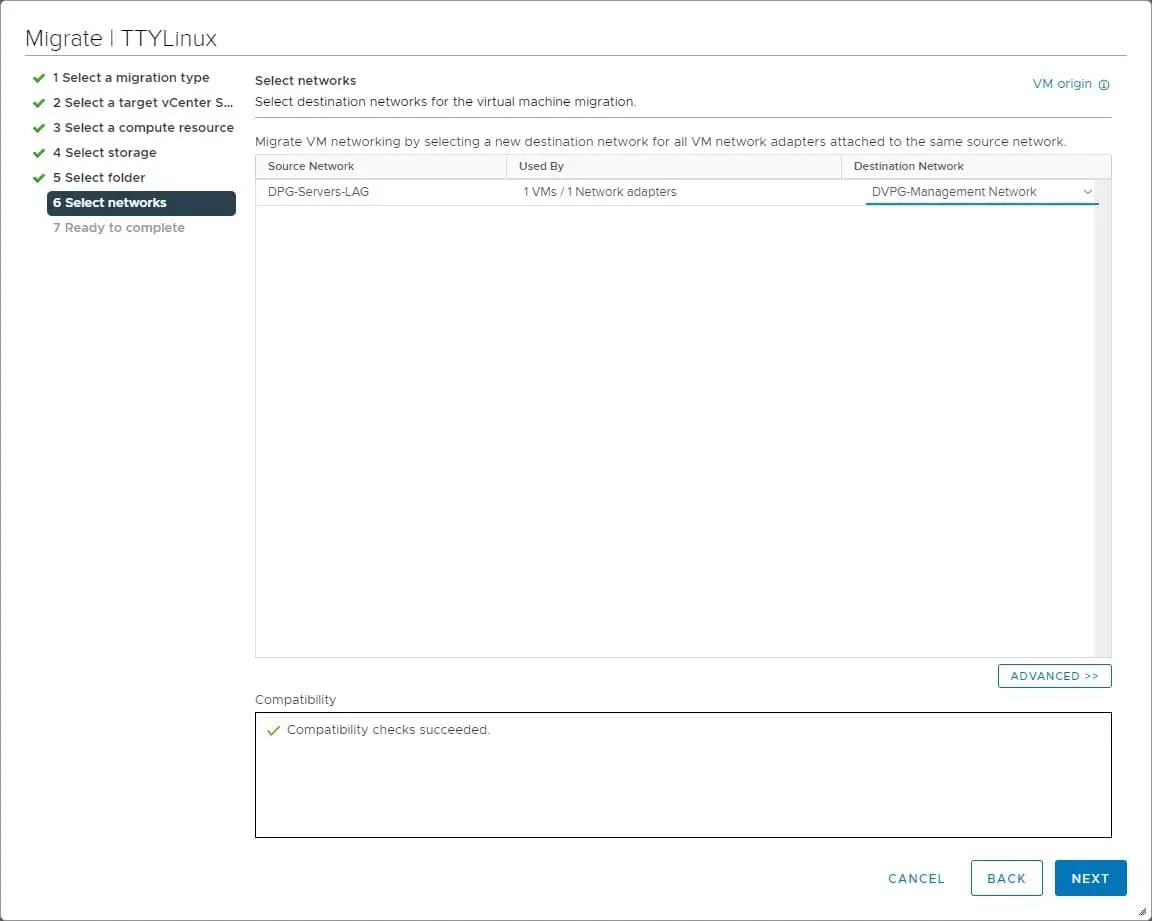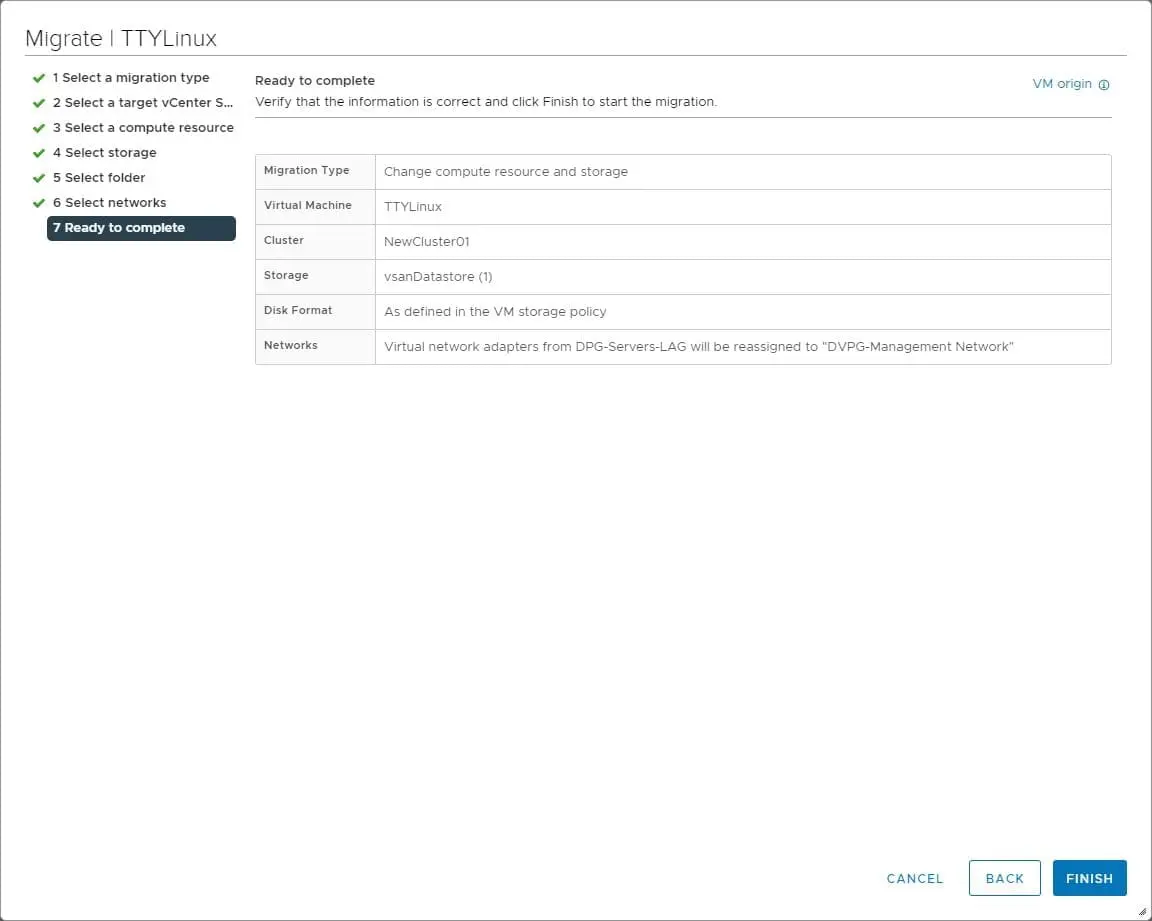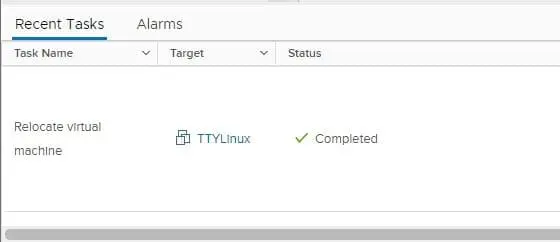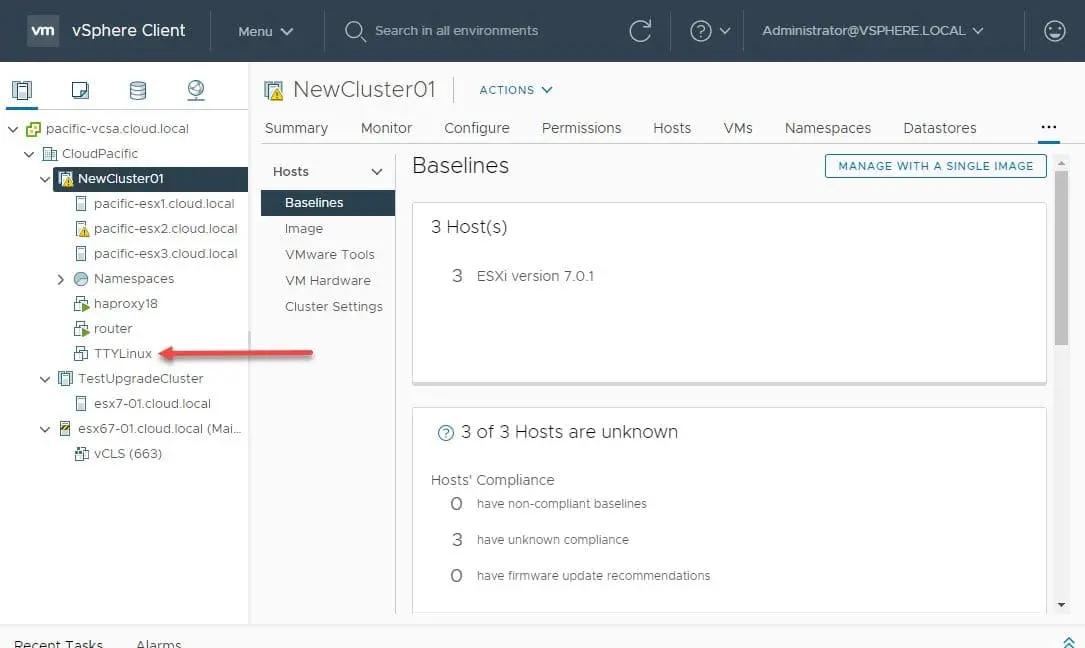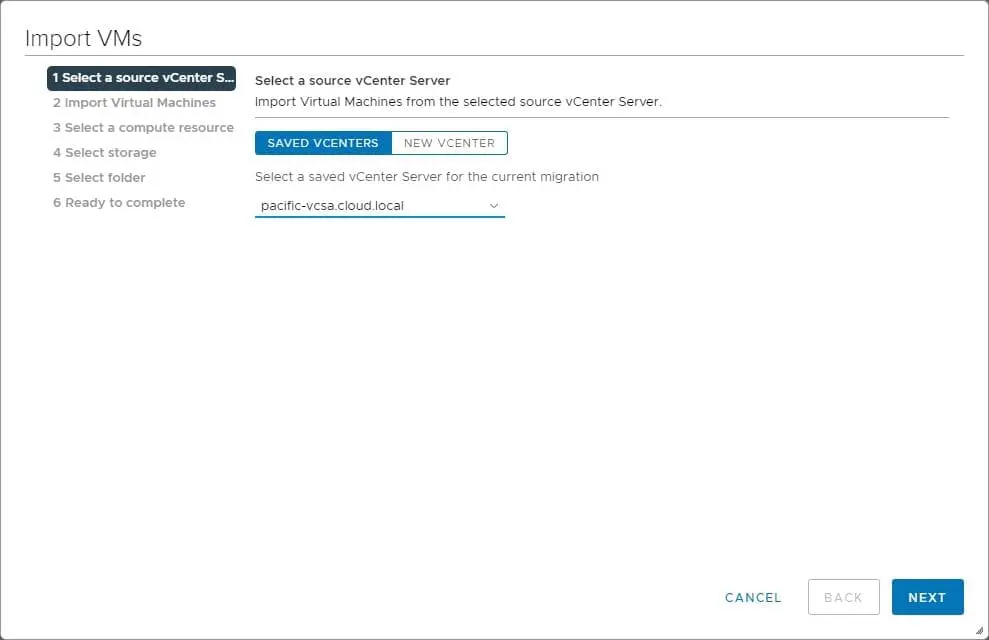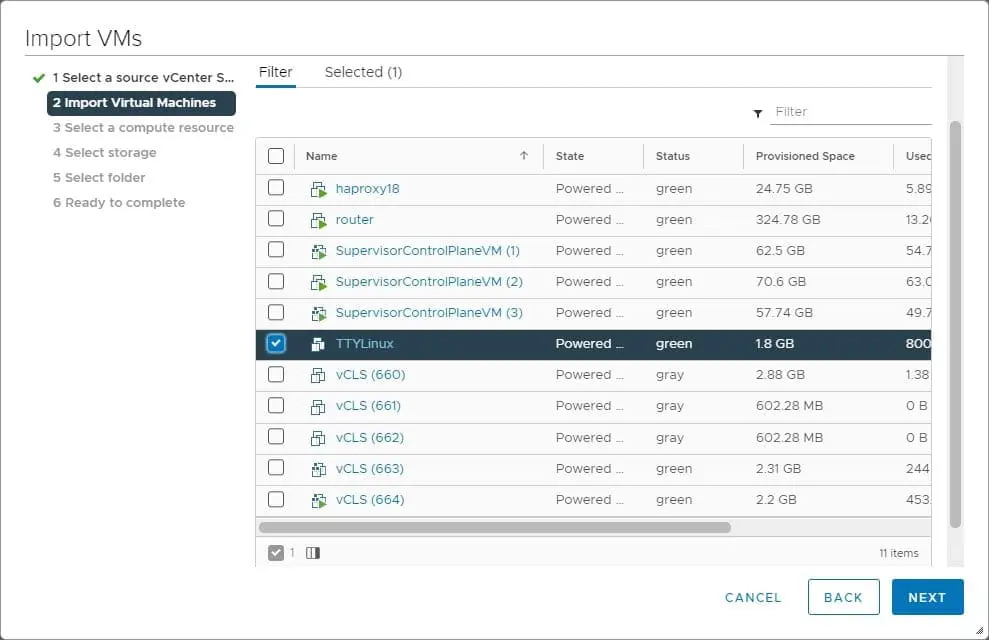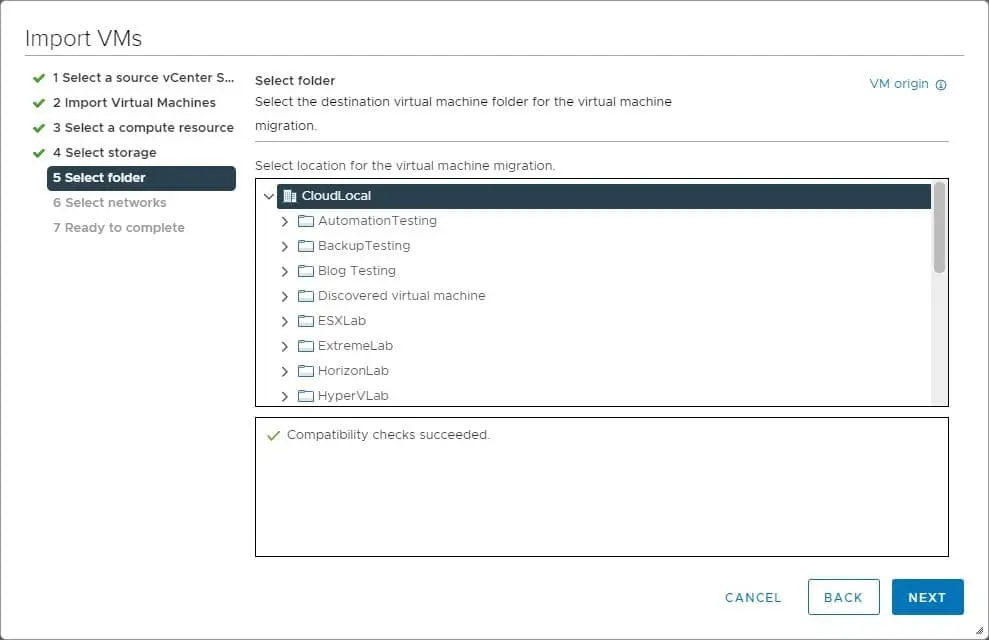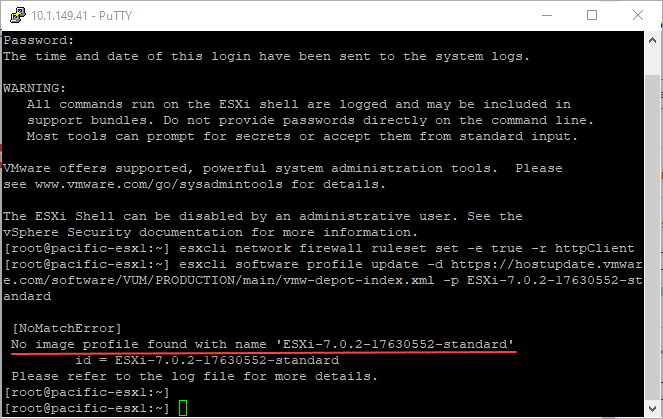By far, one of the coolest flings in existence has been the Cross vCenter Workload Migration Utility. This fling has consistently been extremely popular, showing it resonated with VMware customers. What functionality has the fling provided? As the name suggests, it has allowed customers to migrate workloads between separate vCenters and separate SSO domains. Thanks to the hard work of William Lam, VMware has finally brought this functionality into the official ranks of vSphere functionality contained in the vSphere Client. I have been waiting for a few minutes to get my hands on the latest update of vCenter Server 7 Update 1c which now officially contains the functionality of the VMware Fling. I wanted to give you guys a quick overview by way of VMware vCenter Server 7 Update 1 Advanced Cross vCenter vMotion. It is arguably one of the coolest things you will see by taking a VM running in one vCenter and shifting it over to a new vCenter Server and SSO domain.
Advanced Cross vCenter vMotion
With the new Advanced Cross vCenter vMotion capability, customers now have a native way to vMotion VMs between totally separate vCenter Servers and SSO domains. This is by way of new UI enhancements that now contain the functionality that was embodied in the VMware Fling code. I won’t go into the history of the tool as William provides a great overview of how this functionality has come about and the years of hard work and development that have went into the now built-in tool. Read about that here: History of Cross vCenter Workload Migration Utility and its productization in vSphere 7.0 Update 1c (p02) (virtuallyghetto.com)
You can imagine the various use cases that open up as a result of the new functionality. Collapsing vSphere environments, consolidation, and other projects that require you to move your VMs between different vCenter Servers. Let’s take a look at how to get this new functionality.
Upgrade to vCenter Server 7 Update 1c
The official way to get your hands on the new Advanced Cross vCenter Workload Migration functionality is upgrade to vCenter Server 7 Update 1c. The upgrade of vCenter Server is old hat to most by now. However, using the VAMI interface, you login and run a check for updates to update to the latest version of vCenter Server 7 Update 1c.
The stage and install, as most are familiar with, will automatically pull down the latest updates, install, and then reboot vCenter Server. Be sure to account for the reboot operation and align this with your maintenance schedule.
VMware vCenter Server 7 Update 1 Advanced Cross vCenter vMotion
Now, let’s take a look at the actual functionality that is now added as part of the vCenter Server 7 Update 1c update. You will notice a couple of new things in the vSphere Client when you have updated to vCenter Server 7 Update 1c. First, when you migrate a VM, you will see a new option presented.
Now you will have a Cross vCenter Server export option listed under the migrate operation. Using this approach, you are moving VMs from your environment to a target vCenter Server.
The next step in the wizard is to select the target vCenter Server. Once you have input the target vCenter Server and the credentials required, click the Login button to validate the connection. This is required before you can proceed in the migration wizard.
You will get a prompt for the security alert on the certificate on the self-signed cert for the destination vCenter Server.
After accepting the certificate, you should see a successful login to the destination vCenter Server.
Select the destination compute resource.
Choose your destination storage.
Select the destination folder.
You will choose the destination network in the destination vCenter environment.
Ready to complete the cross vCenter migration wizard.
I migrated a super small TTYLinux appliance to run a quick test. As you can see below, the migration completed successfully.
Below is a look at the target vCenter Server environment. We see the VM has arrived in the destination vSphere environment.
Importing VMs into vCenter Server 7 Update 1c
The really cool thing with the new functionality is that you can go the other direct and pull VMs from another vCenter Server environment. As a note as well, the environment I am pulling from is not running vCenter Server 7 Update 1c, it is an older version of vCenter Server 7. So, you don’t have to be running 1c on both environments for this to work.
To see the Import VMs option, right-click on a data center or cluster.
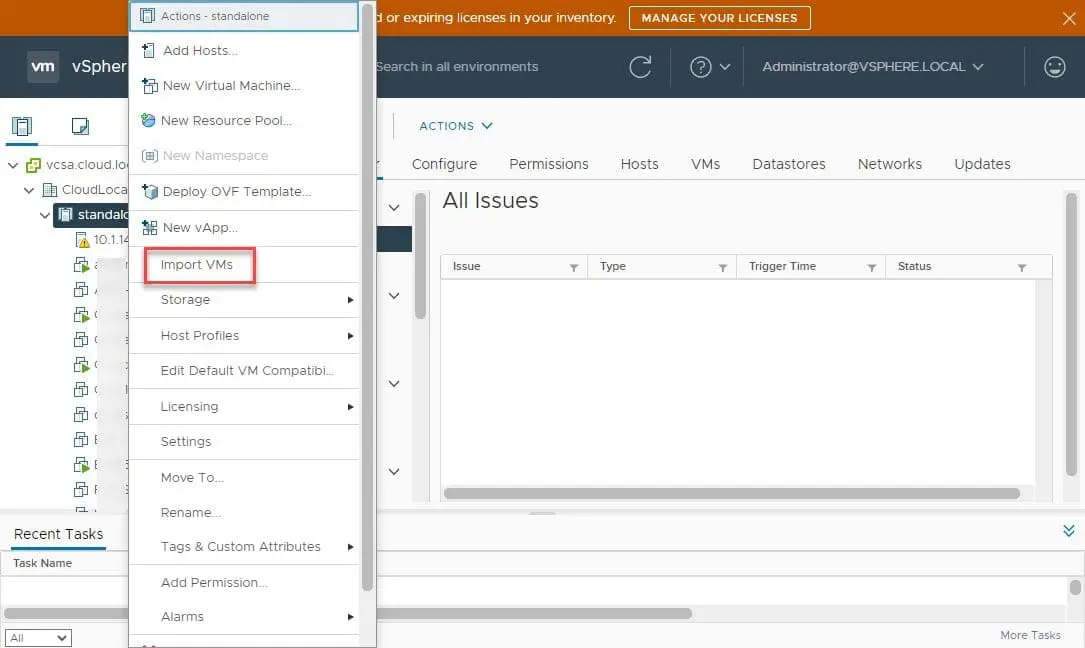
Select your saved vCenter Server connection or setup a new vCenter Server connection. I had already ran the vMotion from the 1c vCenter Server to the destination, so I am just using the saved connection here.
Choose which VMs you want to import.
Choose the destination cluster compute resource you want to target for the VM import.
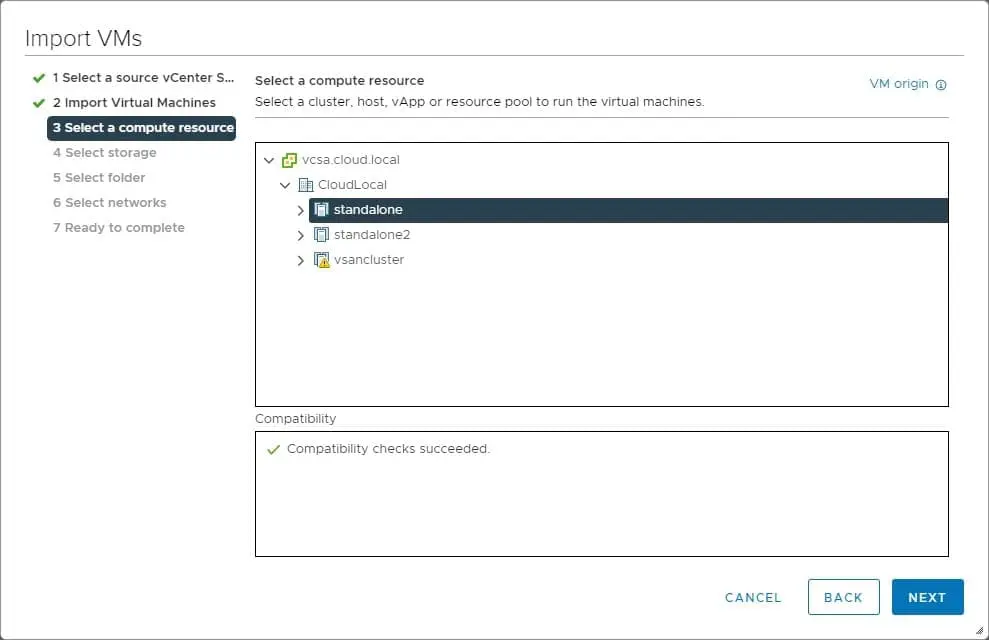
Select the storage to import the VMs into.
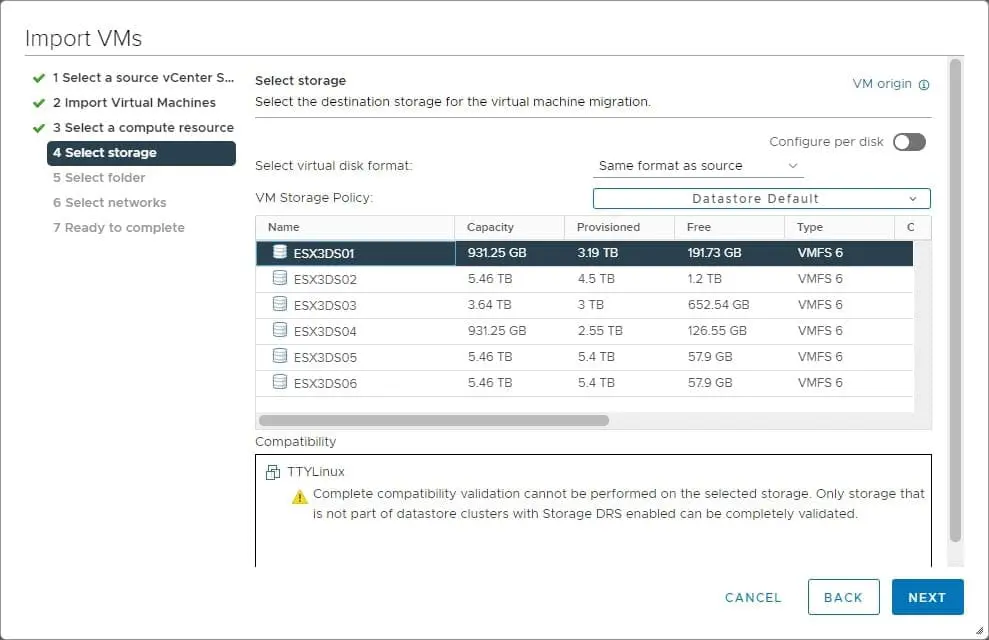
Choose a folder in the 1c vCenter Server environment.
Select the destination network.
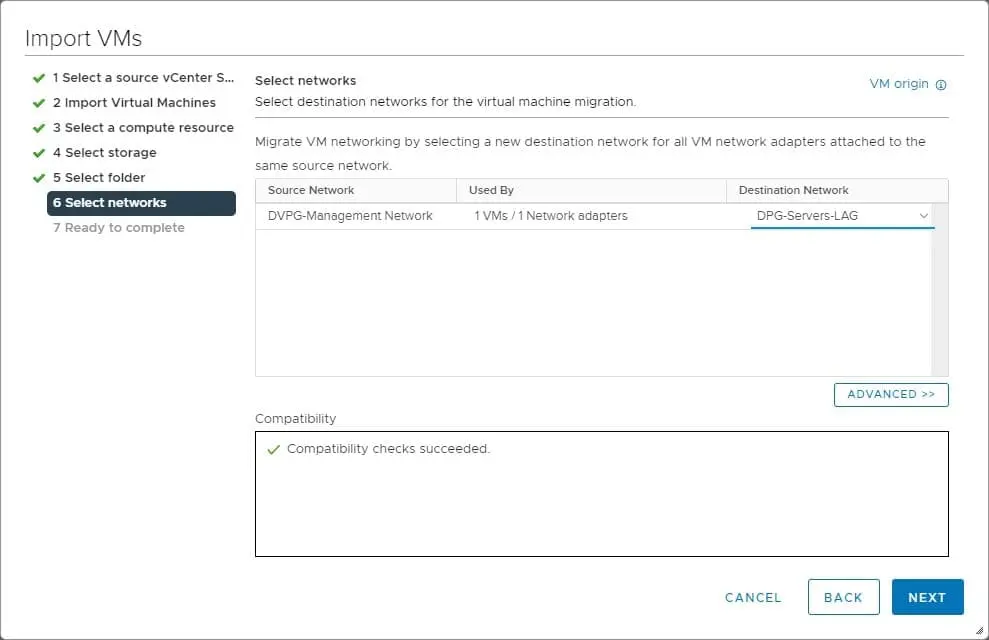
Now, we are ready to complete the import of the virtual machines using the new Advanced Cross vCenter vMotion functionality.
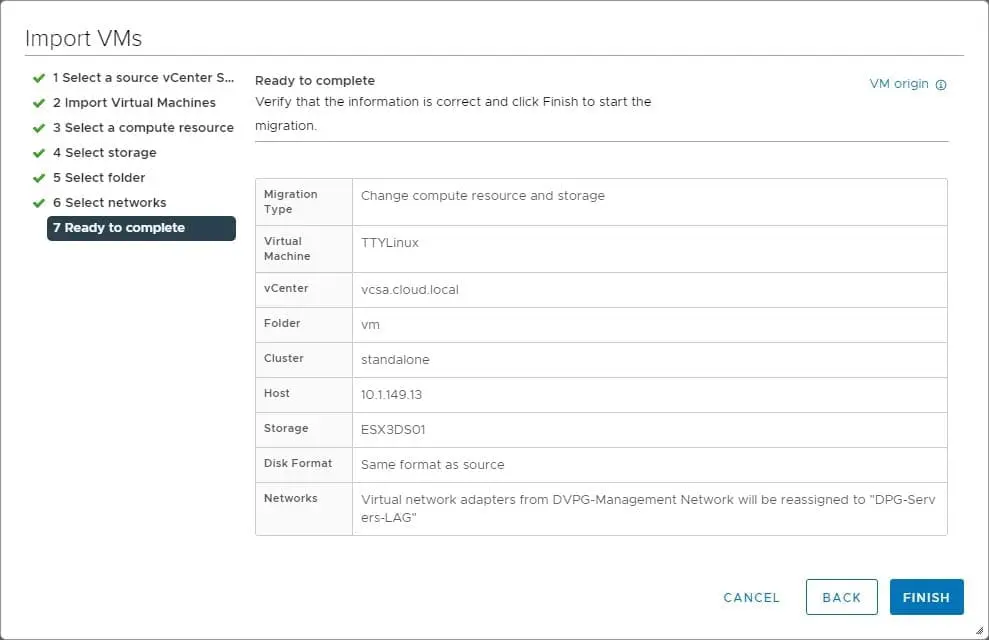
Advanced Cross vCenter vMotion Observations
There are just a few things I wanted to note with the cross vCenter vMotion functionality.
- You don’t have to be running vCenter Server 7 Update 1c on both vCenter Servers, just one of them. You can accomplish moving VMs either direction with just one vCenter Server updated to 7 Update 1c.
- I you migrate a running virtual machine you will need to make sure you have vMotion enabled on the VMkernel port that is used for connectivity between your ESXi host environments. You may have an isolated vMotion-proper network, but you can simply enable the check on vMotion for the management interface. For a running VM, you will receive an error if you don’t
Wrapping Up
The new VMware vCenter Server 7 Update 1 Advanced Cross vCenter vMotion functionality is well worth the update. This brings the cross vCenter Server vMotion functionality found in the VMware Fling into the official vSphere Client as part of the native vSphere Client functionality. Keep in mind you will need to update to vCenter Server 7 Update 1c for this new feature.

